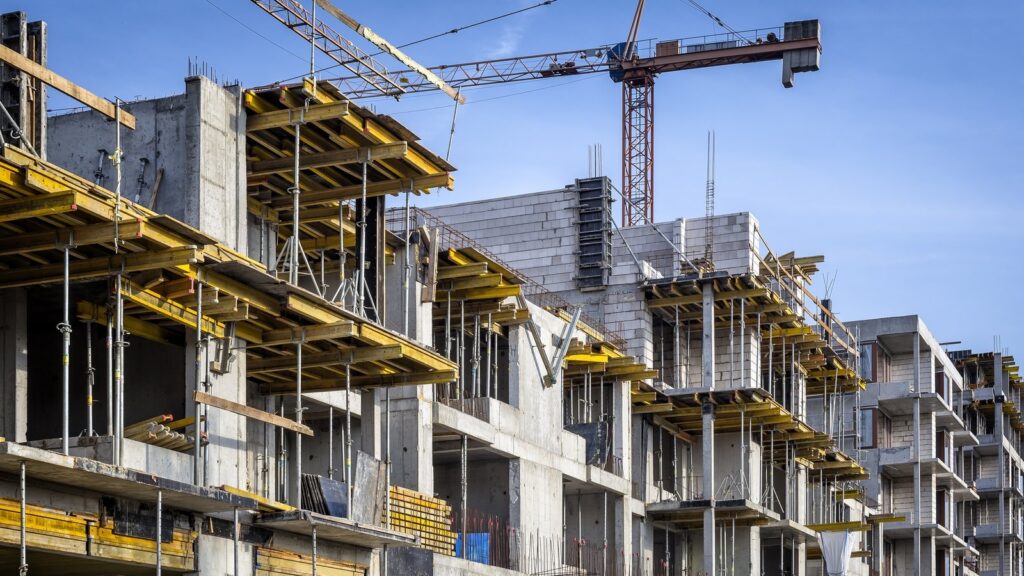Dublin’s residential investment market: Joining the dots

“For the most part large apartment projects are not fundable or viable if being developed for the Build-to-Sell market. Conclusions and assumptions being drawn about the country’s ability to scale up housing supply are in many cases misguided….”
The Hooke & MacDonald Residential Investment Report for the Greater Dublin Area in 2021 has landed and it makes for interesting reading. Significantly, it clarifies some of the apparently conflicting statistics that emerged in monthly and quarterly reporting last year, which should help investors to join the dots for a more accurate picture of the marketplace.
It will not surprise anyone here to learn that the private rented sector has been the most active investment asset class in Ireland in recent years. Headline figures originating from the research in the Hooke & MacDonald report reveal that over €7 billion financing has been attracted to this sector from Irish and international funders and investors since 2016. This figure translates into 12,000+ homes. Critically, investor interest and demand for good properties has remained strong, despite policy uncertainty and legislative changes. Ireland continues to see new capital targeting the Irish market for the first time, as well as established investors increasing their portfolios, which is an important signal of confidence.
While it is helpful to understand some of the less intuitive trends of the pandemic market, at Lotus HQ, our focus is firmly on the investment outlook for 2022 and beyond. In this regard, the report forecasts “a continued exodus of smaller investors from the market in the coming years”, which is disappointing, but not unexpected. Population expectations and other market fundamentals underpinning rental demand remain positive, with rents expected to continue rising due to the persistent mismatch between supply and demand.
“There will be increases in supply but nowhere near the number of planned developments or that required to meet demand…”
While the report is focused on the Greater Dublin Area, it notes that Ireland’s regional cities are in desperate need of new rental accommodation. While the viability and funding of apartments are still a challenge, the report author notes both domestic and international capital looking at these locations. Significantly, market level rents will need to be achieved for construction to be fundable and projects viable.
Also, as there are relatively few builders in Ireland who can deliver apartments at scale, capacity is limited and will remain limited over the next decade. The upshot of this is that “current unsatisfied and increasing demand will not be met by levels of supply for many years to come”.
In addition to outlining some of the economic challenges likely to be faced by the sector as it aims to deliver upwards of 26,000 new homes this year, there is a huge focus on placemaking as a social and economic driver. As mentioned here previously, creating sustainable, vibrant and liveable places is everyone’s business. Interestingly, the report gives examples of the resident amenities of quality PRS – and presumably BTR schemes – that are setting the standards of contemporary rental accommodation.
Finally, there is a helpful explainer of the changes to the SHD process and some early insight into the decision-making process for an LRD application.
2022 looks set to be a year of change for the residential market in Ireland and investors need to be aware of these changes. The Hooke & MacDonald report can be accessed in full here .
Ian Lawlor
086 3625482
Managing Director
Lotus Investment Group
